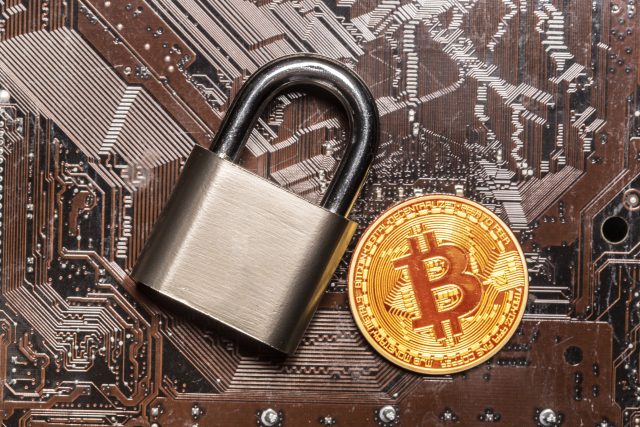If you’re diving into the world of crypto, there’s one thing you must understand early on — how to safely store your coins.
Buying Bitcoin, Ethereum, or any other cryptocurrency is exciting, but if you don’t know where (or how) to store them, it’s like withdrawing cash and leaving it on your kitchen counter. Not exactly the smartest move.
That’s where crypto wallets come in.
In this post, we’ll break down the two major types — hot wallets and cold wallets — in a way that’s easy to grasp, even if you’re brand new to crypto.
What is a Crypto Wallet, Really?
Think of a crypto wallet as your digital bank account, but for crypto. It stores your private keys — which are like the passwords to your coins — and gives you access to your funds on the blockchain.
Without your private keys, you don’t truly own your crypto.
So the wallet isn’t technically holding your coins — it’s holding the keys that let you unlock them.
What is a Hot Wallet?
A hot wallet is connected to the internet. It’s quick, convenient, and perfect for daily transactions.
Common examples:
- Mobile wallets (like Trust Wallet or MetaMask)
- Desktop wallets (like Exodus)
- Web wallets (like those on exchanges such as Binance or Coinbase)
✅ Pros:
- Super easy to use
- Perfect for beginners
- Great for regular trading or spending
⚠️ Cons:
- Vulnerable to hacks, malware, and phishing attacks
- Not ideal for storing large amounts long term
🧠 Think of it like your everyday wallet: easy to access, but you wouldn’t store your life savings in it.
What is a Cold Wallet?
A cold wallet is stored offline. No internet connection = much lower risk of being hacked.
Common examples:
- Hardware wallets (like Ledger Nano X or Trezor)
- Paper wallets (printed-out keys or QR codes stored securely)
- Air-gapped computers or USBs
✅ Pros:
- Extremely secure
- Great for long-term storage of large amounts
- Immune to online attacks
⚠️ Cons:
- Not as quick to access or use
- If you lose the device (and don’t have backups), you’re in trouble
🧠 Cold wallets are like safes. They take more effort to open, but they keep your valuables secure.
Hot Wallet vs Cold Wallet: Which One Do You Need?
The truth is, most people need both.
Use a hot wallet for:
- Quick access
- Daily trading
- Spending crypto
Use a cold wallet for:
- Long-term storage
- Holding large amounts
- Peace of mind
Pro Tips for Safe Wallet Use
- Write down your recovery phrase (offline!). Never store it in your phone notes or email.
- Use 2FA (two-factor authentication) for hot wallets and exchanges.
- Don’t click suspicious links or connect your wallet to shady sites.
- Back up your cold wallet recovery info and store it in a safe place.
- Treat your private keys like gold. If someone gets them, they own your crypto.
Real Talk: What I Use
Personally, I keep a small amount of crypto in my MetaMask wallet for playing around with DeFi, NFTs, and new coins.
But the majority of my portfolio? It’s locked away in a Ledger Nano (cold wallet), and I only connect it when necessary.
Why? Because in crypto, you are your own bank — and that means you’re also responsible for your own security.
Crypto gives us freedom — but that freedom comes with responsibility. Whether you’re a weekend trader or a long-term HODLer, understanding how to properly store your crypto is step one toward staying safe in the wild west of digital finance.
So, hot or cold? The best wallets mix a bit of both.
Ready to level up your crypto safety game?
Leave a comment or share your favorite wallet below. And if you’re unsure where to start, stay tuned — we’re dropping a guide soon on Top Wallets to Use in 2025!














